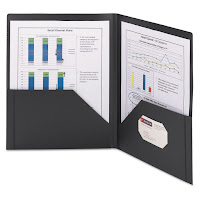During the first week of school, HKUST typically requires several passport sized photos for various reasons such as your student ID or dorm registration. The classes you take at HKUST will also ask for a passport photo attached to an introduction card as your first assignment. It's also nice to have additional passport sized photos on hand for official government documents or visa applications if you intend to travel.
Instead of wasting money on purchasing passport photos that typically cost $5 or more for a set of two, you can save money by doing the printing and cutting work yourself.
Step 1: Buy 1 set of passport photos or DIY a photo.
- Some people prefer to DIY a passport photo so they can use a more flattering picture.
- If you go with this route, make sure you follow the passport photo regulations listed on travel.state.gov
- CNet and HuffPost both have articles titled "How to take your own passport photo" for reference
Step 2: Scan the photo into a computer.
Step 3: Use a photo editing program (Microsoft Paint, Adobe Photoshop, etc.) and copy and paste the scanned image on to an 8"x10" canvas. To view the ruler guidelines, you can try clicking "View" on the menu bar at the top of the screen and click "Ruler".
Step 4: Use the marquee tool to select the photo and adjust the size down to 2"x2".
Step 5: Copy and paste your 2"x2" image several times on the 8"X10" canvas. I would recommend leaving some space in between each photo so that when you go to cut it, you'll have more room for error.
Step 6: Save the 8"x10" image with your passport pictures on a USB and print at a local photo printing location.
**I recommend printing at Fedex/Kinko's because they have a paper cutter that you can use to really make your photos look professionally cut. Be warned though, they only print 8"x10" photos at the largest and if your image canvas is any larger, the photos will be shrunk to fit the 8"x10" size. I made that mistake when I used a 8.5"x11" canvas instead of 8"x10". Luckily, there wasn't too much of a noticeable difference so it turned out alright.
In total, I was able to print the entire set of 20 passport sized photos for a total of just $5.49.
That's pretty amazing, especially when you think about how a set of 2 passport photos alone can typically cost you $5 or more!










